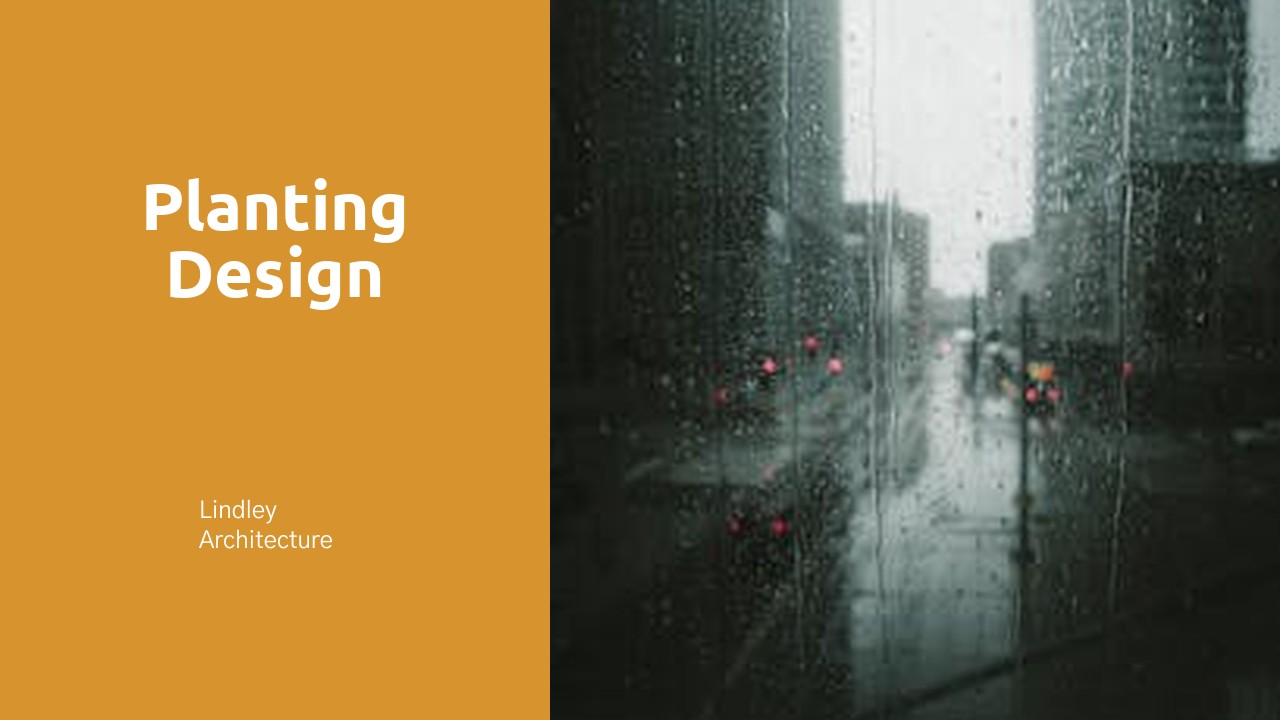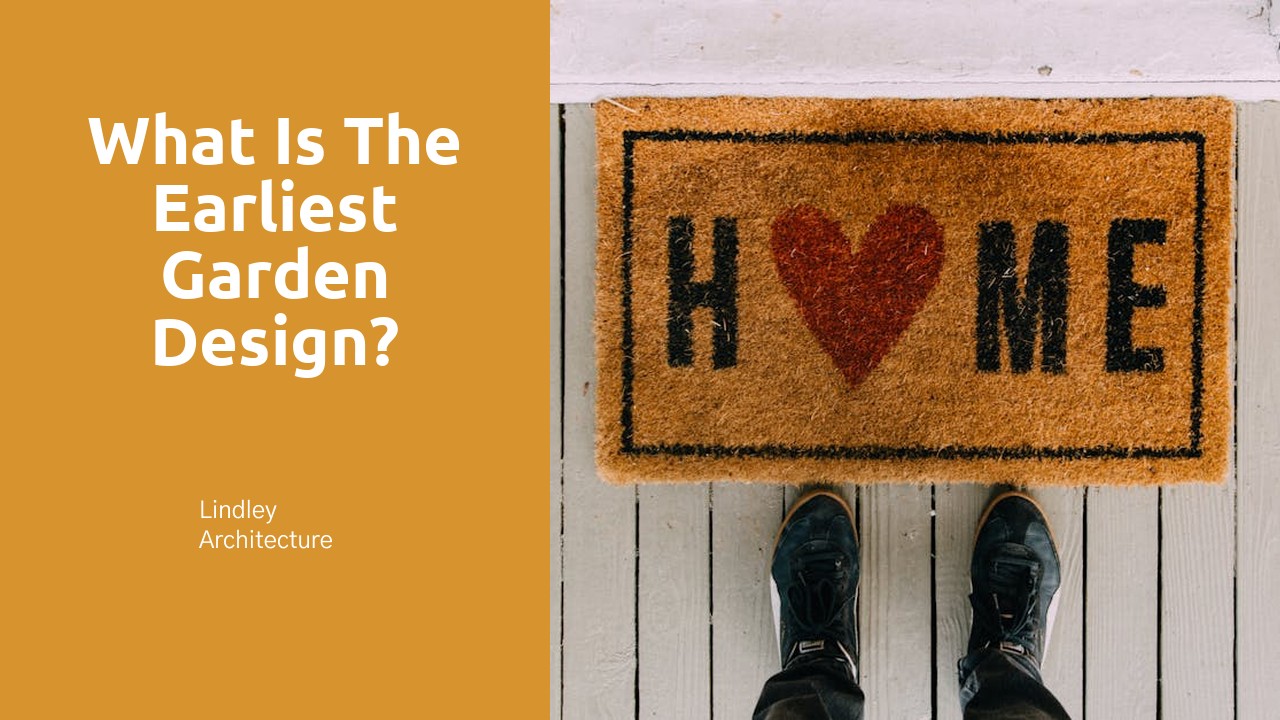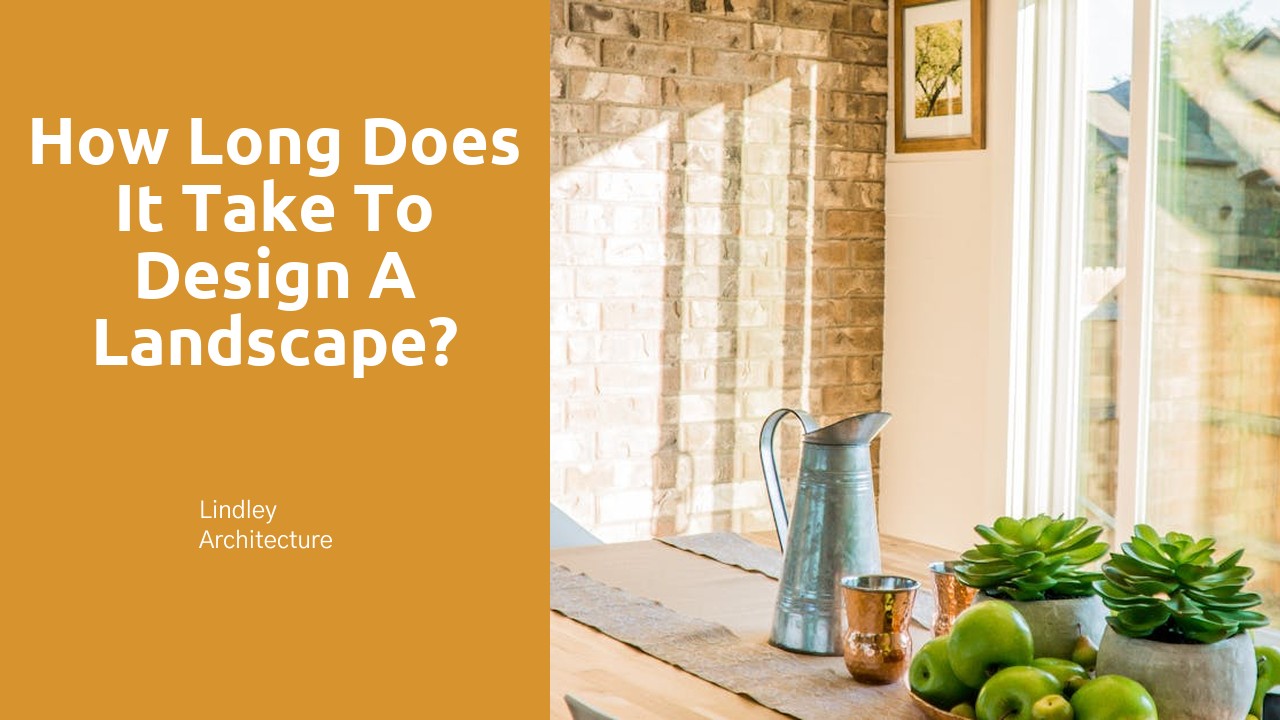
Table Of Contents
Maintaining Your Garden
Maintaining your garden is essential to ensure its health and vitality. Regular watering and pruning are key tasks that need to be incorporated into your garden maintenance routine. By establishing a consistent schedule for watering and pruning, you can help your plants thrive and stay in optimal condition. With the diverse range of flora available in Planting Design in Niagara, it is crucial to tailor your watering and pruning practices to suit the specific needs of each plant.
Attracting wildlife to your garden can also contribute to its overall well-being and beauty. Choosing plants that are known to attract birds and butterflies can create a harmonious ecosystem within your outdoor space. By selecting a variety of flora that provides food and shelter for wildlife, you can enjoy the sight and sounds of nature while helping to maintain the balance of your garden. In Planting Design in Niagara, incorporating plants that appeal to local wildlife can enhance the ecological diversity of your garden and create a more vibrant and dynamic outdoor environment.
Establishing a regular watering and pruning schedule
Establishing a regular watering and pruning schedule is vital to maintain the health and vibrancy of your garden. In Planting Design in Kitchener, the weather patterns can vary, so it is essential to observe your plants regularly to determine their specific watering needs. Different plants have different requirements, so adjust your watering frequency and amount accordingly. Moreover, regular pruning promotes healthy growth and control of pests and diseases. By pruning dead or overgrown branches, you can encourage new growth and maintain the shape and appearance of your plants.
To establish an efficient watering schedule, consider factors such as the type of soil, drainage, and weather conditions in Planting Design in Kitchener. Water your garden early in the morning to minimize water loss due to evaporation and prevent fungal growth. Additionally, invest in a good quality watering can or hose with a nozzle attachment for precise watering. When it comes to pruning, use sharp and clean tools to make precise cuts and avoid damaging the plant. Develop a routine to inspect your plants regularly for any signs of overgrowth or damage that may require pruning to ensure a flourishing garden.
Attracting Wildlife
To enhance the biodiversity in your garden, consider integrating plants that attract birds and butterflies. The region of Chatham-Kent offers a diverse selection of native species that can aid in creating a wildlife-friendly environment. By choosing plants that provide food, shelter, and nesting opportunities, you can support the ecosystem while adding vibrancy to your outdoor space. Incorporating a variety of flowers, shrubs, and trees will help create a welcoming habitat for a range of bird species and pollinators, such as bees and butterflies. Planting Design in Chatham-Kent can play a crucial role in not only beautifying your garden but also in establishing a harmonious relationship with the local wildlife.
Choosing plants to invite birds and butterflies
Now let's shift our focus to choosing specific plants that will attract birds and butterflies to your garden. When considering the types of plants to include, opt for species that provide food sources for these creatures. Native plants are highly beneficial as they have co-evolved with local wildlife and offer essential nectar, seeds, or fruits for birds and butterflies. Planting a variety of flowering plants with different bloom times ensures a constant food supply throughout the seasons. Incorporating a mix of shrubs, trees, and perennials can create a diverse habitat that attracts a wide range of bird species and butterflies. For those looking to enhance their gardens with wildlife in mind, selecting plants that meet the needs of these creatures is a crucial step in successful Planting Design in Brantford.
Apart from food, consider plants that offer shelter and nesting sites for birds and butterflies. Trees and shrubs with dense foliage or branches provide safe spaces for nesting and roosting. Including elements like birdhouses, birdbaths, and butterfly houses can further encourage wildlife to make your garden their home. Butterflies are particularly drawn to plants that cater to their entire life cycle, including those that serve as host plants for caterpillars. By taking into account the specific needs and preferences of birds and butterflies when selecting plants for your garden, you can create a welcoming environment that supports a thriving ecosystem in your own backyard. Planting Design in Brantford can be transformed into a haven for wildlife with thoughtful plant selections that cater to their food, shelter, and nesting requirements.
Creating a Compost System
Creating a compost system is a crucial aspect of successful garden design. By utilizing kitchen scraps and yard waste, you can create nutrient-rich compost to enhance the health of your plants. In Planting Design in Waterloo, remember to layer green and brown materials in your compost bin to facilitate the decomposition process.
Monitoring the moisture levels and regularly turning the compost will ensure proper aeration and speed up the decomposition process. Additionally, consider adding earthworms to your compost to further break down the organic materials. By establishing a compost system, you not only reduce waste but also provide your garden with a natural source of nourishment.
Utilizing kitchen scraps and yard waste
When it comes to creating a sustainable garden, utilizing kitchen scraps and yard waste can be a great way to nourish your plants and reduce waste. By composting these materials, you can create nutrient-rich soil that will promote healthy growth in your garden. To get started, consider setting up a compost bin in your backyard. Make sure to mix green materials like fruit and vegetable scraps with brown materials such as leaves and yard clippings to create a balanced compost pile. Planting Design in Brantford can benefit greatly from implementing a compost system, as it ensures soil health and fertility while reducing the environmental impact of waste disposal.
Composting not only provides a natural fertilizer for your garden but also helps to reduce greenhouse gas emissions that occur when organic matter breaks down in landfills. By diverting kitchen scraps and yard waste from the trash, you can play a part in creating a more sustainable environment. Remember to turn your compost regularly to aerate it and speed up the decomposition process. As you continue to add to your compost pile, you'll soon have a valuable resource to enrich the soil and support the growth of your plants in Planting Design in Brantford.
FAQS
What is garden design?
Garden design involves planning and arranging plants, flowers, and other elements in outdoor spaces to create an aesthetically pleasing and functional garden.
How do I start designing my garden?
To start designing your garden, consider factors like the size of your space, the type of plants you want, and the overall style you're aiming for. You can sketch out a rough plan or seek inspiration from garden design books and websites.
What are some key elements to consider in garden design?
Some key elements to consider in garden design include plant selection, layout and arrangement, maintaining a balance of color and texture, incorporating pathways and focal points, and considering the overall maintenance requirements.
How can I maintain my garden design?
To maintain your garden design, establish a regular watering and pruning schedule, keep an eye out for pests and diseases, provide adequate fertilization, and periodically assess and adjust your design as needed.
How can I attract wildlife to my garden?
To attract wildlife to your garden, consider choosing plants that provide food and shelter for birds and butterflies, incorporating water features like bird baths, and creating a habitat that mimics natural environments.
How do I create a compost system for my garden?
To create a compost system for your garden, start by collecting kitchen scraps and yard waste like leaves and grass clippings. Layer these materials in a compost bin or pile, keep it moist, and turn it regularly to promote decomposition and produce nutrient-rich compost for your garden.






